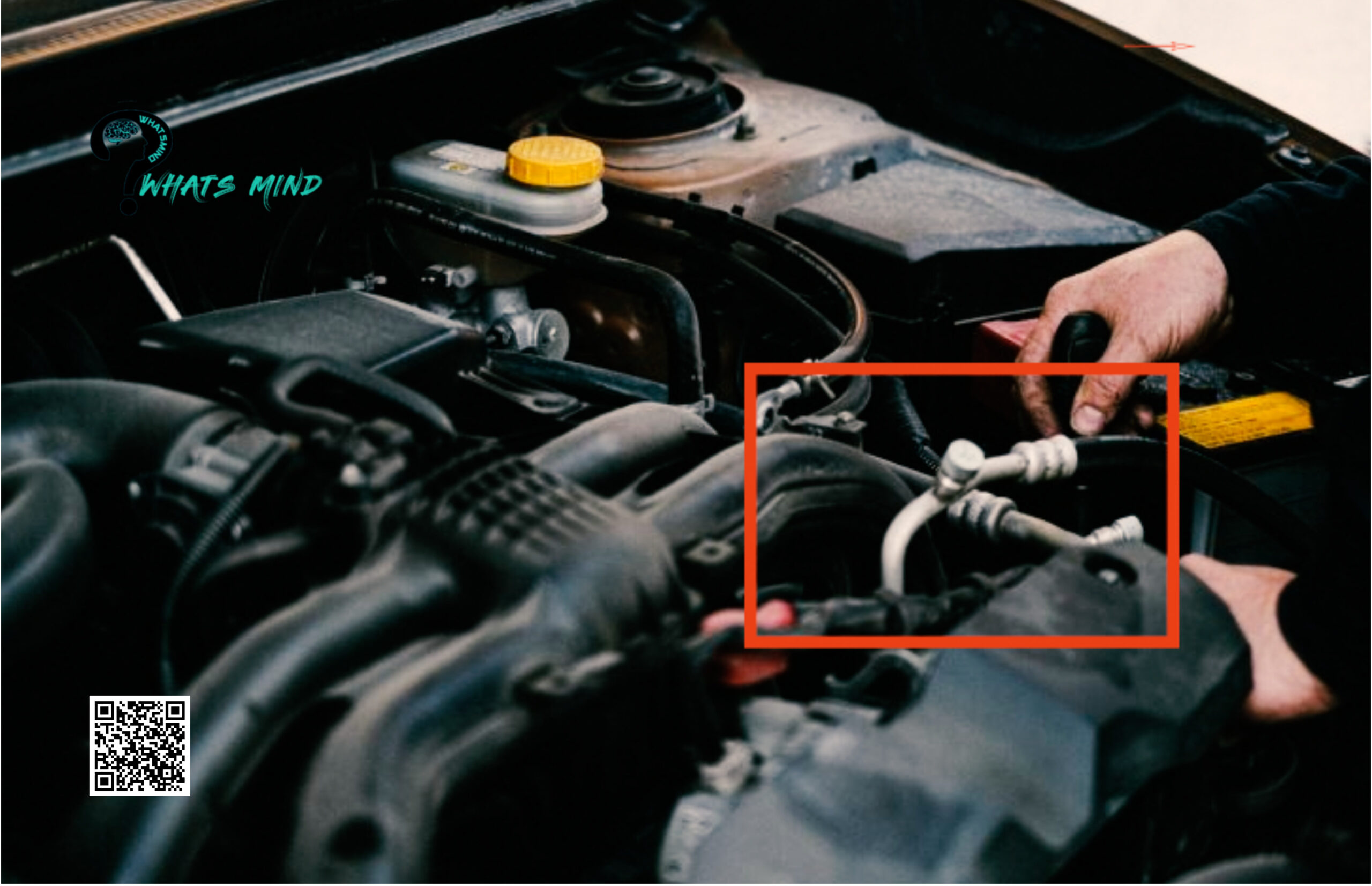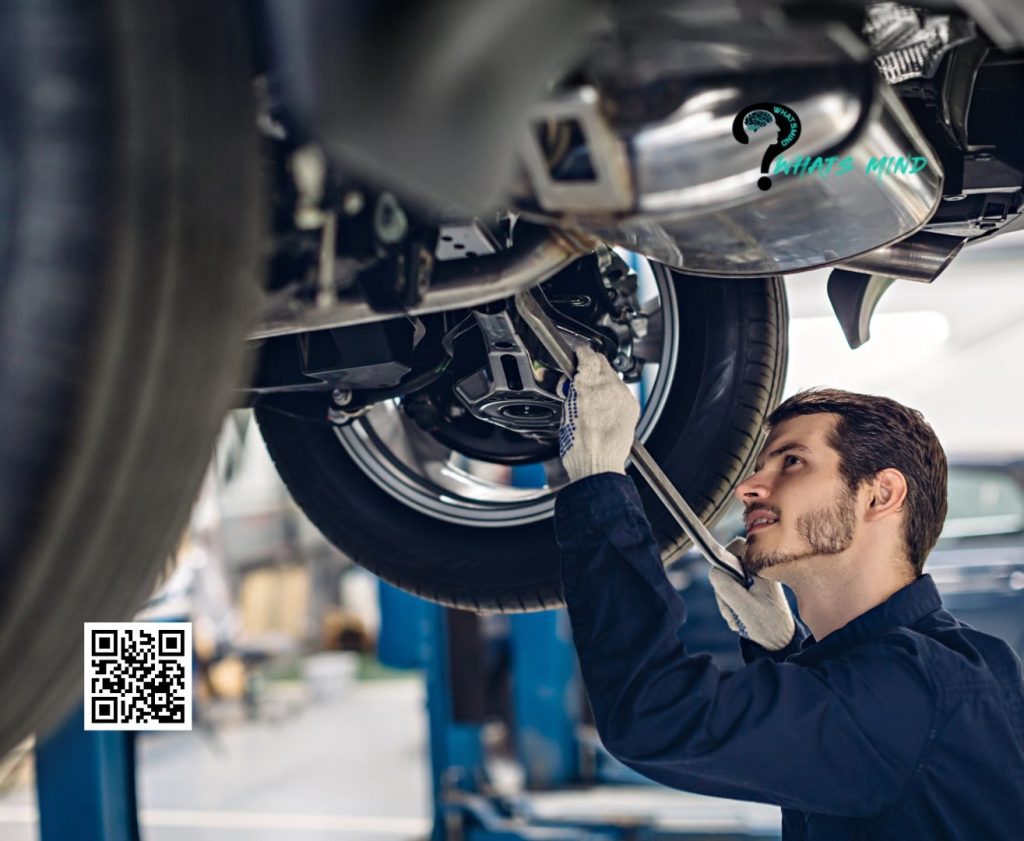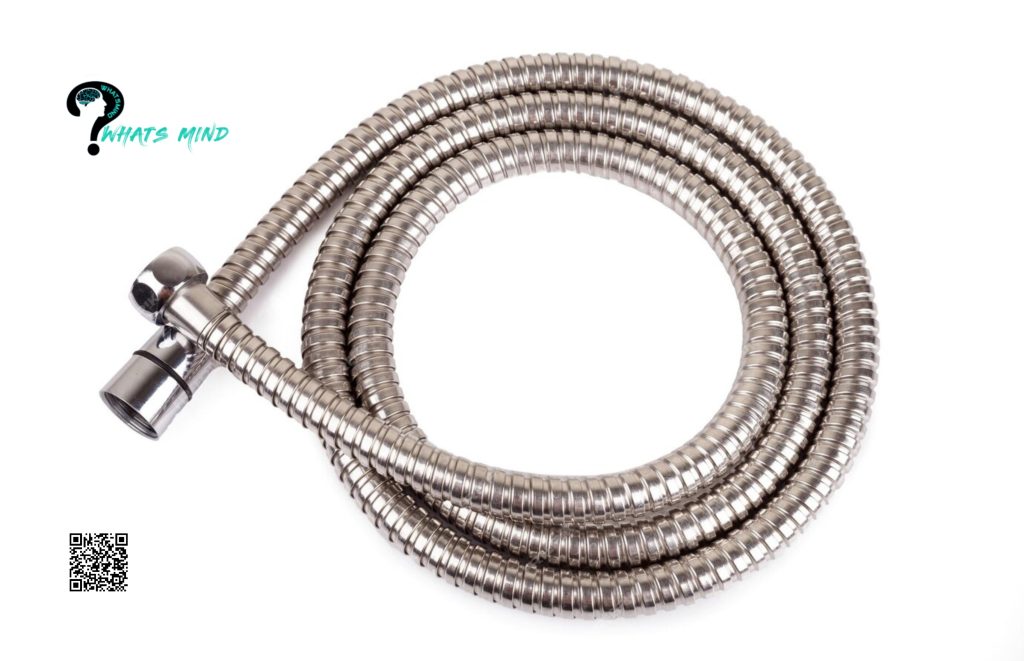Tranny Tube: All You Need to Know

The tranny tube in a car is crucial to the transfer of power from the engine to the wheels. A solid understanding of the various components and systems of their cars will prove extremely beneficial to motor vehicle owners and enthusiasts. This page will cover the function, maintenance and common problems of car tranny tubes.
What is a Car Tranny Tube?
An integral part of an automobile’s transmission system is the transmission tube, sometimes called a tranny tube. From the transmission to components such as the radiator and oil cooler, there is a metal tube or cylinder. Its primary function is to reroute transmission fluid from the intake to the cooler to control transmission temperature.
Function of a Car Tranny Tube:
In automobiles, the tranny tube is critical to the cooling process of the transmission fluid. By allowing the fluid to pass down the tube and come into contact with coolant or air, the transmission can be prevented from overheating.
As transmission fluid passes through the tube, it acts as a lubricant, protecting bearings, gears, and wear.
Types of Tranny Tube

Standard Tubes:
Steel, plastic and aluminum are just a few of the materials available to you. They are widely used and designed to fit a wide variety of cars.
High-performance Tubes:
High-performance tubes are capable of handling and consuming more power than standard tranny tubes. These materials perform better and are more flexible than conventional tubes made of steel or titanium.
Custom Tubes:
Made-to-order tranny tubes are made to your specifications and the measurements of your car. These tubes meet the highest performance and efficiency requirements.
If you want to make your car run better, you can choose from a range of upgrades that meet your unique needs.
Benefits of using a tranny tube
This tube has numerous advantages. Some of them are:
- First, they can reduce gas consumption. More than enough propulsion is possible with a transaxle that distributes engine power to the wheels.
- Both fuel economy and pollution can be improved.
- When driving on uneven terrain or in rainy and snowy conditions, tubes can help reduce the chances of a wheel blowing off. Additionally, they can facilitate movement when stuck in mud or sand.
- Hijra is for tube cars and has all the advantages of tranny tube. It’s also a wire that does a wonderful job of keeping a car’s engine running.
Maintenance Tips:
You can extend the life and maximize the performance of your car’s tires by taking the following precautions:
Regular Inspection:
Check the tranny tube regularly for damage, leaks or cracks. Any problems with the transmission system should be fixed as soon as they are found.
Fluid Checks:
Regular testing of the transmission fluid is recommended by the vehicle manufacturer. The tubes’ and transmission’s longevity depend on maintaining the right fluid levels and quality.
Fluid Flush and Replacement:
The manufacturer recommends flushing and refilling the fluid on a regular basis. The tube contains fluid. By doing this, any accumulated impurities are removed and the transmission continues to function at its best.
How to Choose the Right Tranny Tube

The following points should be considered while buying a tranny tube:
Size:
Before buying a tube, measure the inside of your tranny. Not too little, not too much—you need just the right amount.
Design:
The selection of tranny tubes is wide. Some people are more straightforward, while others have more.
fast rotation. Search until you find one that fits your needs.
Construction:
The two most popular materials for tranny tubes are silicone and glass. Although silicone is more expensive, it is quite durable. Although glass is less expensive, it breaks easily. Choose clothes based on your needs and financial constraints.
Common Problems:
A common problem with car tranny tubes is leaks. Possible causes of fluid leakage include damaged tubes, broken seals, and loose connections. Improper vehicle operation and transmission damage can be prevented if the leak is repaired as soon as it is found.
Over time, exposure to the environment can cause the tube to deteriorate. Corruption can compromise the integrity of the tube, leading to leaks or even fractures. Regular and proactive inspection and maintenance can prevent or reduce corrosion.
ALSO READ:
- Smart Square HMH
- Safe ROM Sites
- Firstrow Sports Alternatives
- Free Movie Download Websites
- Free QR Code Generators Online
- Hindi Movies Apps
Conclusion
Two essential functions of the transmission are the circulation of lubricant and coolant, which are handled by the tranny tube. If you understand how your car’s transmission works, take care of routine maintenance, and fix common problems as they appear, you can extend its life. Regular maintenance, fluid testing, and inspections improve vehicle reliability and performance.

